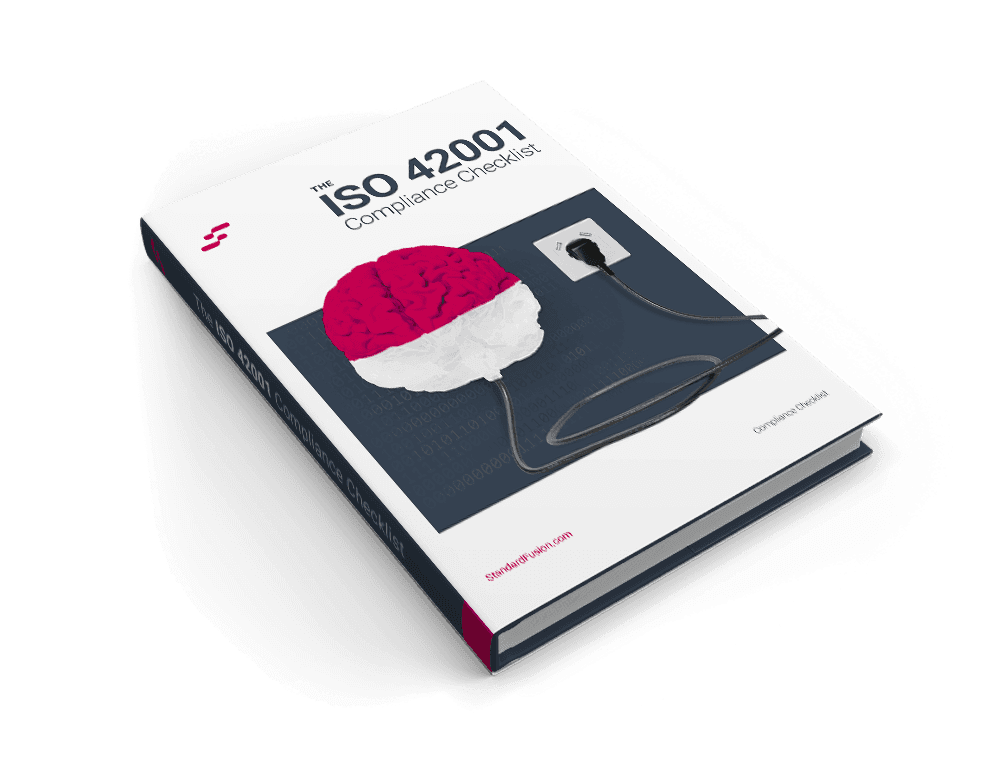Published on: Jul 21, 2021
The Driving Forces For GRC
These days, businesses are becoming increasingly conscious of the importance of governance, risk, and compliance (GRC). However, it is still a challenge for organizations to pinpoint why and how they can successfully integrate information security and compliance program into their routine business operations.
Here are the driving forces for GRC that will allow your everyday business practices to contribute to managing risks, achieve compliance, and grow your organization.
Sales
Today the most important driver in any modern technology organization is still sales. Many organizations, regardless of industry require verification and certification against specific security frameworks and compliance with privacy standards in order to operate. Sales roadblocks from the compliance perspective can be directly attributed to;
Clients require a higher level of security and assurance from organizations they engage with.
Required compliance with specific data protection or information security regulations/frameworks.
High risk of a potential breach and perceived lack of security process implemented.
Sales opportunities from the compliance perspective;
Tracking compliance to one more industry-recognized frameworks. For technology companies, this could be ISO72001, SOC2, or NIST800-53.
Transparent and sharable audit reports that the sales team can leverage to demonstrate the organization's dedication to compliance and risk management.
Centralized data repository of organizational controls that can be leveraged to quickly answer security-related questions.
Laws & Regulations
Your organization must comply with various laws and regulations, depending on your location, business vertical, and where you deliver your products/services. Law and regulation considerations include;
Your organization has the legal responsibility to ensure that the sensitive customer data you store is protected, secured, and used appropriately. For example, within healthcare HIPAA regulations are required to be met.
Data privacy laws such as the Brazilian LGPD, Australian Privacy Act (APP), CCPA, GDPR, and PIPEDA determine how different businesses can use, handle, and store their clients' personal information.
The ramifications for non-compliance can cost millions in fines and future business, in addition to damaging the company's reputation.
Opportunities to proactively manage new laws and regulations:
Implement a centralized GRC system that incorporates the methods through which your organization enforces data privacy, thereby protecting you from the legal and reputational repercussions that come with data breaches.
Implement an automated policy and controls management system, that tracks workflow, approvals, reviews, verification, and evidence collection. Investor/Stakeholder Assurance
A key part of effective compliance is the seamless collaboration between internal and external stakeholders. Effective GRC strategies enable organizations to:
Establish greater operational efficiency.
Improve communication and increase visibility across departments.
Holistic reporting.
Maturing organizations that establish processes and continuously adapt them to evolving requirements and risks can attract larger investors by:
Having optimized risk management and compliance programs in place.
Regularly audits and self-assessments.
Implement a structured GRC solution that allows organizations to track compliance and risk-related action.
Demonstrating commitment to security and mitigating investors' risk.
Risk Management
Create a positive risk-aware culture - a robust risk management strategy allows your organization to:
Set business goals that operate firmly within contractual, social, ethical, and legal boundaries, thereby minimizing the likelihood of any failures or breaches.
Efficiently mitigate potential risks, including financial, reputational, operational, market-based, and information security-based threats. Information security risks can include data breaches or losses, cyber-attacks, and system or security failures.
Creates risk-aware conversations at every level of a business.
For example, the credit bureau Equifax's databases were attacked and breached in 2017. Since they failed to protect clients' personal information, it cost them $425 million to settle with the Federal Trade Commission, U.S. states and territories, and the Consumer Financial Protection Bureau.
Proactive controls that can be implemented to avoid any of these risks:
Provide reliable, timely, and relevant information to all investors and internal and external stakeholders.
Develop robust IT Security and Infrastructure processes through an effective GRC software.
Incorporate IT security questionnaires and assessments to find any vulnerabilities in vendors' or third parties' cyber-security systems.
Moving Forward
The legal and regulatory objectives that companies achieve from establishing an effective GRC system are self-evident. Organizations need to standardize and centralize their processes, controls, and policies. Decision-making processes in your organization can be delayed or made difficult due to a lack of process and proper governance. Establishing good compliance and regulatory practices across all departments will provide your company with a system that supports all customers, employees, and stakeholders.
StandardFusion's GRC software helps technology-forward companies with its scalable feature set and intuitive tools to suit your organization's GRC requirements. Request a demo today to see how you can quickly identify compliance gaps and easily remediate risk.







